Opening and Closing Chapters: ARM Staff Updates
Published: 30 October 2020
From August 2019 to August 2020, the Atmospheric Radiation Measurement (ARM) user facility welcomed several new team members and said goodbye to others moving on to different personal and professional life chapters. Other members of the ARM team took new roles within the facility.
Site Operations
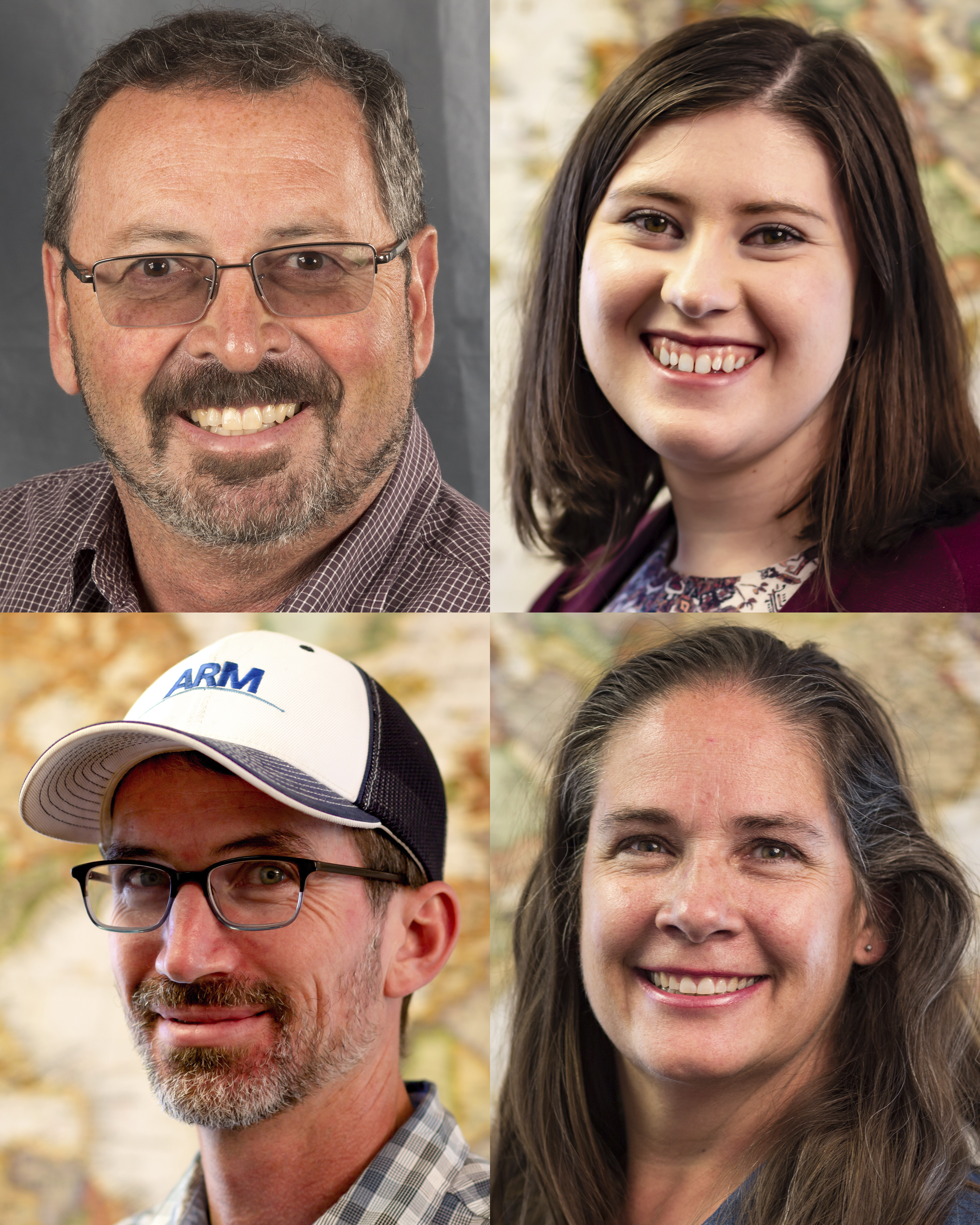
Several changes recently took place within the ARM team at Los Alamos National Laboratory (LANL) in New Mexico. The group manages ARM’s Eastern North Atlantic (ENA) atmospheric observatory and the first and second ARM Mobile Facilities (AMF1 and AMF2).
In August 2020, Paul Ortega retired as the ENA operations manager. Ortega helped start up the ENA, which began site operations in September 2013. He also managed ARM’s now-inactive Tropical Western Pacific sites.
Ortega started at LANL in 1990 and worked there for the rest of his career.
Since moving to the ARM team at LANL in 2010, Ortega was present for almost every deployment of AMF1 and AMF2. Recently, he was on the icebreaker R/V Polarstern for three months supporting AMF2 during the Multidisciplinary Drifting Observatory for the Study of Arctic Climate (MOSAiC) expedition.
Learn more about Ortega in this August 2020 blog post.
Now serving as the acting ENA manager is Hannah Ransom with support from John Bilberry, who spent almost six months at sea with the AMF2 MOSAiC deployment.
Ransom, who started with the ARM team at LANL in August 2019, has a bachelor’s degree in mathematics from New Mexico Tech.
There are a few other updates within the ARM team at LANL:
- Nathan Wales is the AMF1 project lead for the upcoming TRacking Aerosol Convection interactions ExpeRiment (TRACER) in Houston, Texas. Wales served as the AMF1 lead for the Cold-Air Outbreaks in the Marine Boundary Layer Experiment (COMBLE), which ended in May 2020 in Norway. Tim Goering, who was AMF1 operations manager, left for a director’s position in LANL’s water quality program—his field before ARM.
- Bilberry is the lead for the next AMF2 campaign, the Surface Atmosphere Integrated Field Laboratory (SAIL), which is scheduled to start in September 2021 in Colorado. He is working with David Chu, the AMF2 operations manager for MOSAiC.
- Kate Kramer replaced Nita Patel as the team’s point of contact for logistics and shipping. Patel became a lead project manager elsewhere at LANL.
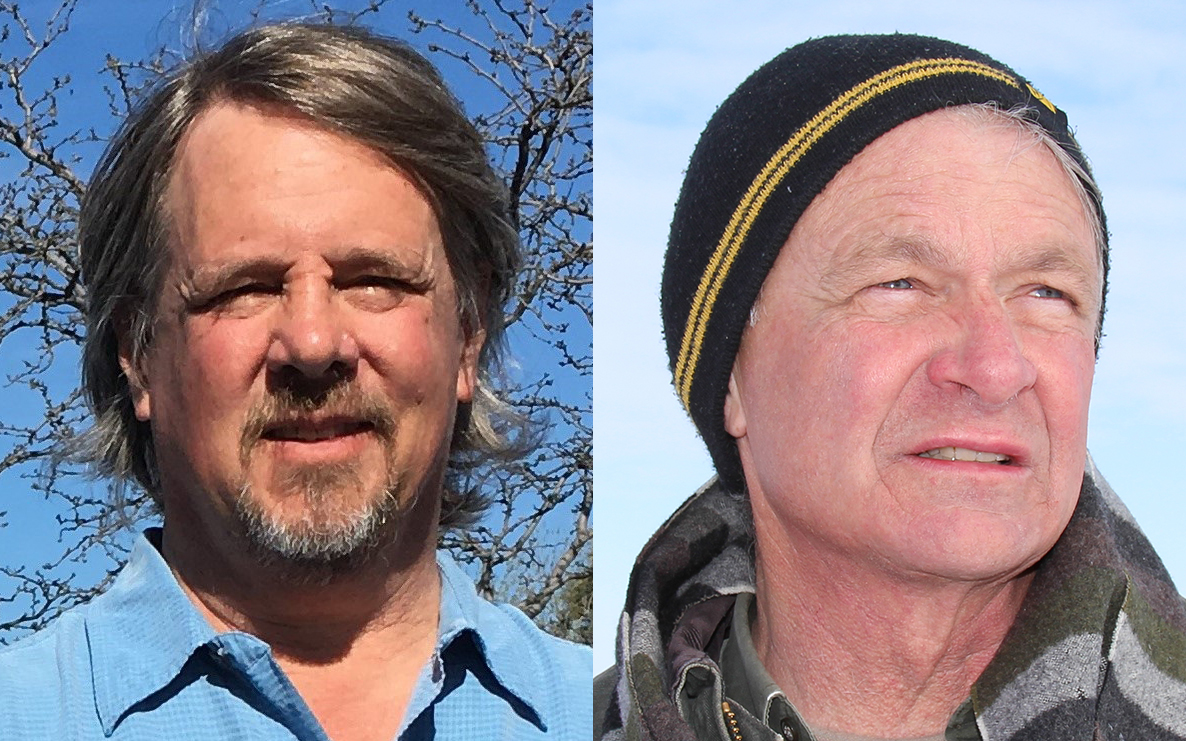
There was also a leadership change at ARM’s North Slope of Alaska (NSA) atmospheric observatory. In the fall of 2019, Joe Hardesty took over as the site manager for the NSA and the ARM Mobile Facility at Oliktok Point, Alaska. His predecessor, Mark Ivey, moved into a science liaison role for the NSA. Hardesty and Ivey are colleagues at Sandia National Laboratories in New Mexico.
Read the September 2019 article announcing the NSA transition.
Data Translators
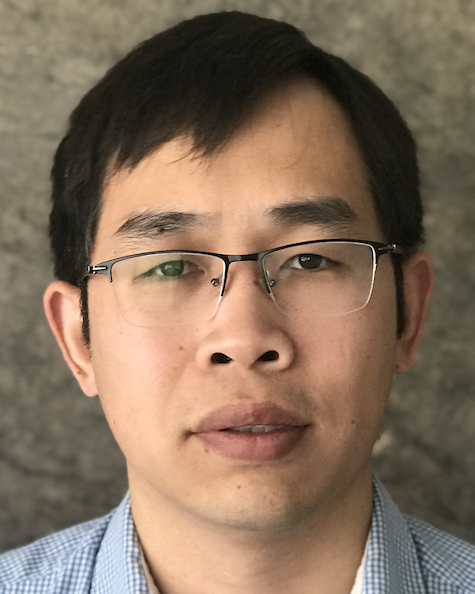
Translators are liaisons between scientific users and ARM infrastructure staff, and they develop value-added products (VAPs) from the direct output of ARM instruments.
The newest member of the ARM data translator group is Damao Zhang of Pacific Northwest National Laboratory (PNNL) in Washington state. Zhang became an ARM translator in November 2019, replacing Laura Riihimaki, who moved to a position at NOAA, as the translator for warm boundary-layer process VAPs.
“VAPs in our group use passive and/or active remote sensing measurements to derive cloud or aerosol properties,” says Zhang, an earth scientist at PNNL. He is the translator for VAPs such as Microwave Radiometer Retrievals (MWRRET), Data Quality Assessment for ARM Radiation Data (QCRAD), and Atmospheric Emitted Radiance Interferometer Optimal Estimation (AERIOE).
From 2017 to 2019, Zhang was a research associate at Brookhaven National Laboratory (BNL) in New York. While there, he was the principal investigator for ARM’s Southern Great Plains (SGP) 3-D Observations of Fair Weather Cumuli field campaign in 2017. He also worked on research related to mixed-phase clouds during the 2015–2017 ARM West Antarctic Radiation Experiment (AWARE). Zhang co-authored an article recently published by the Bulletin of the American Meteorological Society (BAMS) that summarizes early AWARE results.
Zhang is the point of contact for products from MOSAiC and the SAIL campaign. He is also the point of contact to work with the Atmospheric System Research High-Latitude Processes Working Group, helping to address the product needs of that science community.
Instrument Mentors
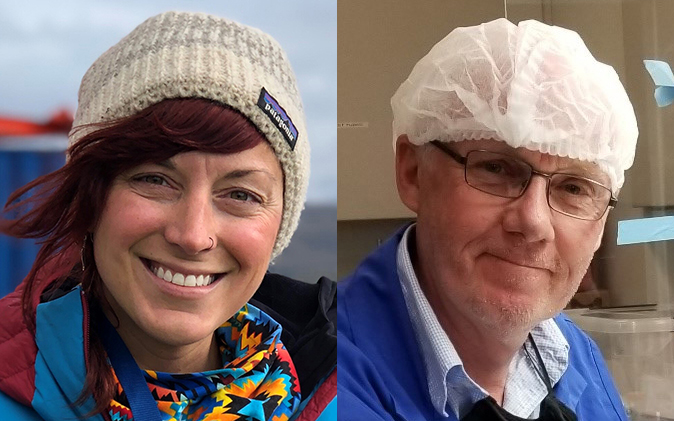
For technical oversight of its 400-plus instruments deployed around the world, ARM relies on a group of instrument scientists and engineers known as instrument mentors. In addition to calibrating specific instruments and addressing issues that crop up, lead and associate instrument mentors review data, prepare and update instrument handbooks, and respond to user inquiries about the instruments.
Typically, an ARM instrument has one lead mentor, but in the spring of 2020, ARM embarked on a unique mentorship arrangement. The facility selected Jessie Creamean and Tom Hill, researchers from Colorado State University, as co-lead mentors for an effort focused on obtaining distributions of ice-nucleating particles at ARM sites. Creamean and Hill are managing the collection and analysis of aerosol filter samples.
Read this July 2020 ARM article on Creamean and Hill.
The mentor group also made a couple of recent moves to fill the spots of retiring staff.
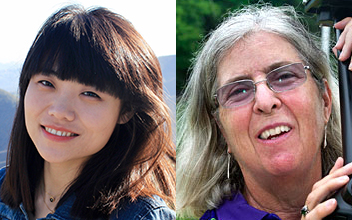
Dié Wang, an assistant scientist in BNL’s Cloud Processes Group, replaced Mary Jane Bartholomew as the lead mentor for ARM’s weighing bucket rain gauges and disdrometers, excluding those in Alaska. Evan Keeler was recently approved to take over for Donna Holdridge, a colleague at Argonne National Laboratory in Illinois, as the lead mentor for ARM’s meteorological automatic weather stations (MAWS) and balloon-borne sounding systems.
Since beginning postdoctoral work at BNL in 2017, Wang has worked with ARM precipitation data sets from the instruments she now mentors. Weighing bucket rain gauges measure the amount of liquid precipitation, while disdrometers collect observations of raindrop size spectra. Wang has published several scientific papers that make significant use of these ARM measurements.
Bartholomew retired from BNL in July 2020 after 14 years as an ARM mentor. Starting in 2015, Bartholomew oversaw the deployment of additional instrumentation to expand and improve precipitation measurements across all ARM sites, most prominently at the SGP.
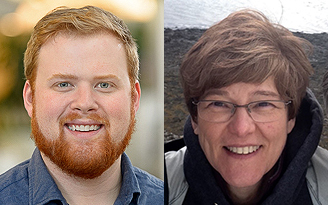
Keeler started with ARM in 2019, assisting with upgrades to the SGP’s eddy correlation flux measurement systems. He also got experience with the soil temperature and moisture profiles system before teaming up with Holdridge on the MAWS and sondes.
Holdridge plans to retire in early 2021 after delaying her retirement by six months to help while a colleague is on leave. By the time she retires, she will have spent almost 30 years at Argonne and 24 years working with ARM. In 2014, Holdridge helped lead the addition of MAWS across ARM sites to provide surface measurements of record for sonde launches.
Holdridge is supporting Keeler as an associate mentor for the MAWS and sondes, and she is also an associate mentor for surface meteorological instrumentation.
ARM Data Center
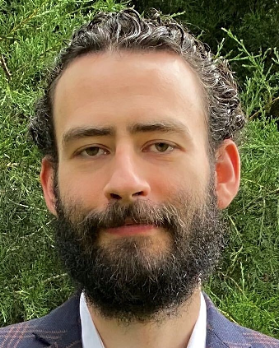
The ARM Data Center, based at Oak Ridge National Laboratory in Tennessee, converted Wade Darnell and Aaron Stokes to staff in June 2020.
Darnell joined the ARM Data Center in June 2018 as a post-bachelor’s research associate through Oak Ridge Associated Universities. He worked on the new Data Discovery browser for users to access and order ARM data, implementing different features as part of the developer team.
Darnell also was responsible for redesigning and implementing ARM’s new instrument maintenance reporting system and Digital Object Identifier (DOI) tool. The maintenance reporting system is primarily used by site operators and instrument mentors. ARM account holders can use the DOI tool to record their data sets with the U.S. Department of Energy Office of Scientific and Technical Information and the DOI provider DataCite.
“As a lead developer,” says Darnell, “I now have much more influence in decision-making processes, and I work closely with the team and group leads to implement solutions and prioritize tasks.”
Darnell is a 2016 graduate of Austin Peay State University (B.S., computer science with concentrations in information systems and internet and web technology).
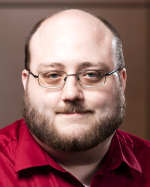
Stokes has been in the ARM Data Center fold in various capacities for almost four years. His duties have included configuring and running processes on the ARM Data Center’s ingest servers, monitoring for errors, and helping to improve workflows and processes for the Ingest and Operations team.
“I’d say my key accomplishment would be the organizational and pipeline improvements that I, along with the rest of our team, have made and will continue to improve upon,” he says.
Stokes will take on more responsibilities related to training, documentation, and scheduling of tasks for the Ingest and Operations team. He has bachelor’s and master’s degrees in computer science from East Tennessee State University.
Communications
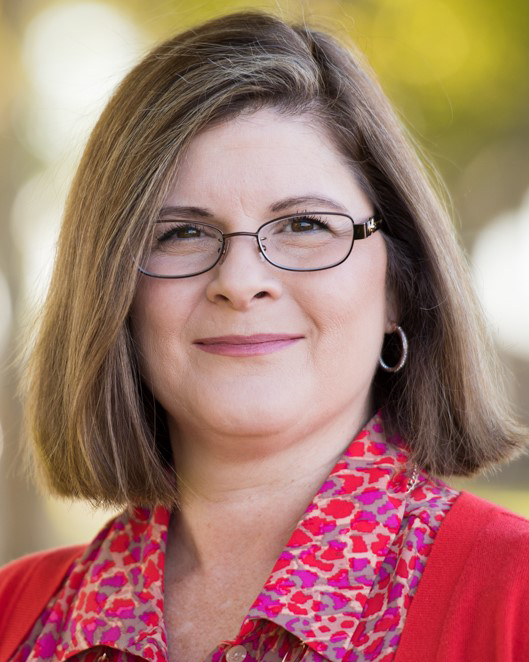
Rolanda Jundt, a longtime member of the ARM communications team based at PNNL, became ARM’s communications lead and public information officer. Read the announcement from July 2020.
Keep up with the Atmospheric Observer
Updates on ARM news, events, and opportunities delivered to your inbox
ARM User Profile
ARM welcomes users from all institutions and nations. A free ARM user account is needed to access ARM data.


















